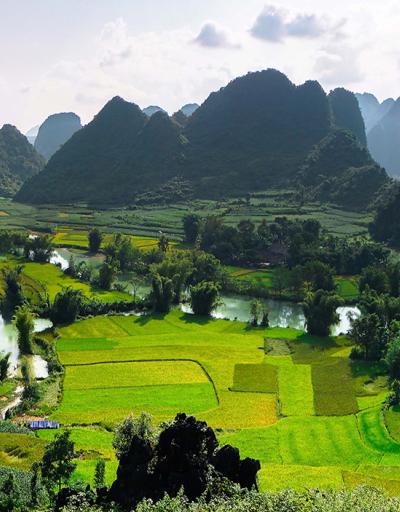
Sandstone-type uranium deposits
Sandstone-type uranium deposits account for 27% of the uranium reserves and 49% of uranium supplies worldwide. These uranium deposits are sizable, easy to mine, of high economical value, and relatively environment-friendly. The deposits are developed extensively in sandstones of Mesozoic-Cenozoic sedimentary basins within 20~50° both North and South of the equator. The metallogenic process is similar globally but differs in detail regionally.
The project will focus on training young geologists from developing countries, in particular, through an analysis of mineralisation and global sandstone-type uranium deposits, and on developing new mining technologies for ore exploration.
Benefits to society
- This project will allow for a rich exchange of expertise, further understanding of different approaches, and the enhancement of international cooperation.
- The exchange of research ideas, methods, and knowledge between scientists from diverse social and political environments will promote and encourage future collaborations on earth systems research.
- This project will improve the capacity-building of graduate students and particularly young, female scientists in the cooperating countries.
Key focuses
- A comparative analysis of mineralisation and geological background of worldwide sandstone-type uranium deposits.
- The application and dissemination of new technologies and new approaches to mining, development of guidance for global ore exploration, and training of young geologists, especially those from developing countries.
- The utilisation of uranium resources to facilitate global energy saving and carbon emission reduction.
Key information
Duration
2019-2023
IGCP Theme
Earth Resources
Project Leader
Tianjin 300170, China
Highlights
"Two phases and five stages" model
IGCP 675 put forward the tectonic induced "two phases and five stages" model to better explain the control of tectonic-climatic-sedimentary evolution on sandstone-type uranium mineralization.
Taking the basin as the unit to study the metallogenic background of sandstone-type uranium deposits, and taking the ore concentration area as the unit to study the mineralization, the "two phases and five stages" metallogenic model reveals that tectonic movement and basin dry and wet variations are the key dynamic mechanism controlling the formation of sandstone-type uranium deposits and the main metallogenic environment background.

Popular Science publicity forum
For the 52nd World Earth Day, in April 2021, IGCP 675 members from Tianjin Center, China Geological Survey (CGS) co-organized a Popular Science publicity forum with members from the IGCP 665 project, 'Sustainable use of the global black soil critical zone', from the Shenyang Center, at Tianjin University. Through this activity, these units will continue to coordinate their research fields, strengthen cooperation, and tackle key geological science and technology issues in order to better serve the needs of national development and sustainable development of mankind.
China-Canada conference
In December 2021, an online meeting was held between Chinese and Canadian researcher groups. More than 60 geoscientists participated during the conference. Nine oral presentations were given. Further cooperation and communications were agreed by both sides. The bilateral exchange of visiting scholars is also encouraged in the future, especially for young geoscientists.
IGCP conference
In November 2021, members participated in the IGCP Chinese Committee conference. Project Leader, Dr. Ruoshi Jin, gave a presentation on the Supergene Fluid Ore-forming Process of Sandstone-type Uranium Deposits.

